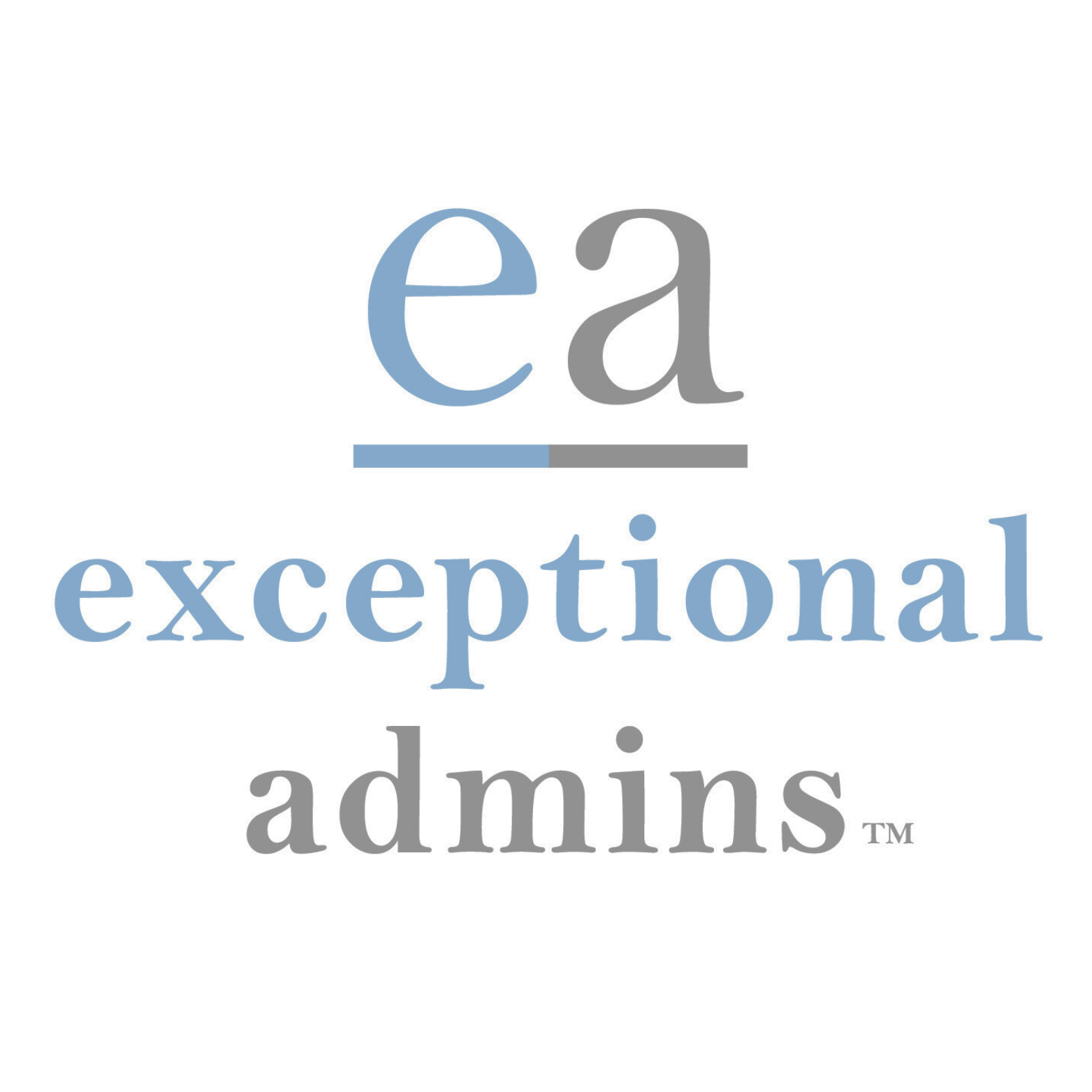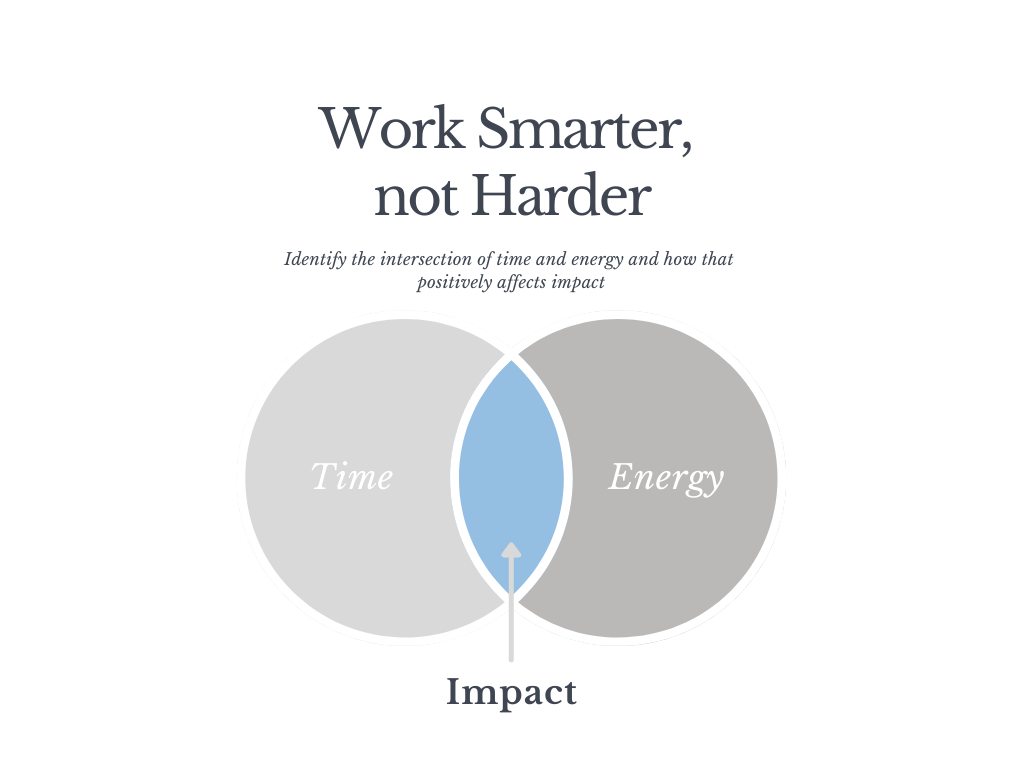A Comprehensive Guide to Your Employee Review
Unlocking the Power of Employee Reviews
The phrase “employee review” triggers different responses; see poll image below. When putting together the poll, I made a conscious effort to choose my words wisely when creating voting options. I wanted to try and capture a granular perspective vs. simply offering, yes or no as options. I was surprised to see the end-result amongst the two [Yes] options. I was expecting a higher percentage for the “...yet it’s not productive” option. Seeing that 48% of 262 votes believe it is a productive use of time, I have a new found comfort (and joy) for those who picked otherwise as their vote.
I was motivated to create the poll and write this article when I helped an exceptional admin prep for her first year work anniversary, which included a review. The scope of her role is very strategic (vs. tactical) putting her in front of business leaders as a business partner vs. an employee. Among a long list of demands, she organizes and attends meetings making her privy to a diverse list of business demands resulting in her role being instrumental to business success.
Understanding the Employee Review
The history of a review.
Why a review should now be called a strategy meeting.
Action items for your strategy meeting.
The history of an Employee review
The evolution of a review.
It wasn’t until the 1900s that employers started making the correlation between worker satisfaction and greater work productivity.
Pay for performance was introduced in the 1960s, but personable managers continued to evolve.
The term “performance management” was coined by Aubrey Daniels in the 1970s.
Finally, in the 2000s, performance management came online, which created its own set of problems.
If you take in the full timeline (via the article - it’s a brief list), you’ll notice that evolution has occurred. However, to me, it seems somewhere over the last decade our stride has become slow moving when developing a more thoughtful, human approach. We’ve advanced in some areas, like having digital options, but are we doing better when it comes to the people and expressing feedback thoroughly with intention and a forward thinking approach? I think we have an opportunity here.
Preparing for an Employee Review
Set the tone.
The posture you bring to a review, and I’m not talking about having your shoulders back (although you should), will set the tone for the discussion. Posture to me, in this case, is a curious, engaging, and prepared disposition. Also, bringing a professional and positive spirit to this discussion will immediately elevate the experience. Each touch point you have with others is someone having an experience with you. So, the way you show up to your review will drive the experience.
Why call it a strategy meeting?
When business professionals have a strategy meeting they are coming together to talk about a situation (good or bad), how the situation impacts business, and what steps can and should be taken moving forward.
Translation:
What is the situation: Your impact over the last year and what’s to come.
Scope: Highlighting the volume of tasks that were absorbed and handled by you (i.e. you organized 25 trips, over 500 meetings, and tackled 5000+ emails, to name a few).
How the situation impacts business: Your involvement, or lack thereof, with initiatives helped your executive(s) meet (and possibly exceed) certain goals.
Scope: Highlighting your involvement, or lack thereof, with initiatives (e.g. organizing every aspect of a merger or acquisition to help make it happen). If there is a lack thereof, you have a ton of opportunity to grab more and it is this opportunity that helps justify you expanding in your role.
What steps can and should be taken moving forward: Your impact has resulted in someone else (or many) gaining freedom resulting in them working at their highest and best use of time.
Scope: Forecasting future efforts needing support will help you expand in your role resulting in a stronger impact. The metrics of how much time they’ve saved (with you as their partner) results in them expending the right energy. This is where your ROI sits (i.e. they aren’t booking the 25 trips, they aren’t organizing 500 meetings, and they can rest at night knowing constant eyes are on their email).
Use this visual below to understand your impact. When I do consulting, I advise professionals that they are no longer time managers, but energy managers.
When you highlight how you are saving your executive(s) energy, you shift the perspective on your impact. If the executive was doing all the tasks you are doing, on top of their own job function, their energy would be vastly depleted. Remember, it’s a partnership, you are sharing responsibilities, to the best of your own abilities, to reach goals. If you don’t have energy, (time is always constant), you aren’t able to perform at your highest and best. (I could tangent here about saving your energy, but that’s not the focus of this piece; you could spend time reading this article if you wish).
I often hear, “Hilani, this role doesn’t generate revenue, I can’t calculate the ROI on the hire and expense.” My rebuttal is, “What’s your time, personal brand, and growth worth?” Their time is also energy. Their personal brand is how people perceive their leadership style (e.g. is he/she always late). If the first two are struggling, then growth happens at a slower pace. These are just a few talking points for you to grow your voice with this suggested pivot to looking at your impact differently.
Action Items
Devise a plan that is achievable.
From the visual above, one step is focused on the past. The other four are forward thinking.
Planning out your healthy assumptions on what worked and didn’t, will help expedite this first step.
Step 1
FOCUS - what worked and didn’t work?
Examples:
You failed to prep your executive for each meeting only providing this support 50% of the time.
You required too many emails to get to an answer that if you would have held 1:1s regularly it would have removed the tight tether to your email anxiously awaiting an answer(s) so something could move forward.
If 1:1 meetings were to happen more regularly, you would gain appropriate authority allowing for some things to be fully handled by you.
Step 2
FORECASTING - what’s coming up?
Examples:
Looking to the future, you see the Marketing department needs your executive for a rebranding.
You need to be in two places at once as you’ve been invited to two very important events.
You have wellness as a goal…how can we address and tackle this important life need?
Your executive want to speak on a few panels this year as a subject matter expert.
Step 3
IMPACT - what can be improved?
Committing to agenda driven 1:1 or group meetings, bi-weekly.
Inviting you to quick catch up discussions to support opening or closing out an initiative.
Leveraging your special talent with (insert ____) to help your executive get farther along with a deliverable so when your executive reviews it they invest less time and energy into it.
Making rules for how many touch points occur each day so that after the day is committed, focus work is blocked to round-out the schedule. If you’re looking for time blocking, think of it after the day being allocated vs. doing it before commitments are generated.
Step 4
PRIORITIZE - what gets your attention first?
In forecasting and identifying goals, which should be covered during the forecasting phase, you can identify what’s priority, truthfully.
Having a strategy attached to a vision (i.e. goals) you are working from a strategic place vs. tactical. Now, you can’t plan for everything, but you can plan for a lot. Some strategies can be rinsed and repeated.
When you cover what worked and didn’t, you shift your focus to being more curious when faced with improving new tasks.
Step 5
PLAN - what does the path look like?
If your relationship with prioritizing is strong, then creating a plan for deployment should be easy.
Included in this plan step should be definitions for the things learned from the other steps. One being, coming to a mutual agreement on how many times, or for how long, should you test out something new before aborting the new strategy or adopting.
Included in this plan step should be aligned expectations with working forward and elevating the way things are handled. I used the word elevate vs. change because change is scary for executives. They got to where they are because of their approach to things. We can elevate, which yes, may result in it changing, but using this word is less of a negative trigger.
In closing, I hope you noticed I didn’t use words like constructive feedback, evaluation, and/or performance. While the tone of these words were included in the article, moving away from them should add a refreshing tone to the review meeting, which should now be called a strategy meeting. Oh, and before I forget, when I do consulting, or run an ea University workshop, I talk about grand thinking. A common professional characteristic of admins is jumping from 1.0 to 2.0. Note, your phone has a software update often and they move from 11.4 to 11.5 (i.e. micro thinking). You can do things in smaller segments and still make progress. I hope this information offered you a thought provoking moment to rethink and revamp your next review.
PS: I wrote this article knowing there's a lot to cover on the topic of holding a review. While I believe a lot was shared, I don’t believe this is the end all, be all. Keep thinking strategically and creatively to fit your specific situation.
For additional wisdom, I appreciated this article.
And…I highly encourage you take in this lively discussion from the Exceptional Admins show to hear wisdom around, are you promotable?
Launch Pad:
1) Think about what would truly give you joy in running the meeting?
2) Think about and own you add value.
3) Think about key words and phrases you want to carry throughout the meeting to create a corporate fluency tone.
4) Be sure to check out this Instagram Reel where I talk about preparing for your review.




